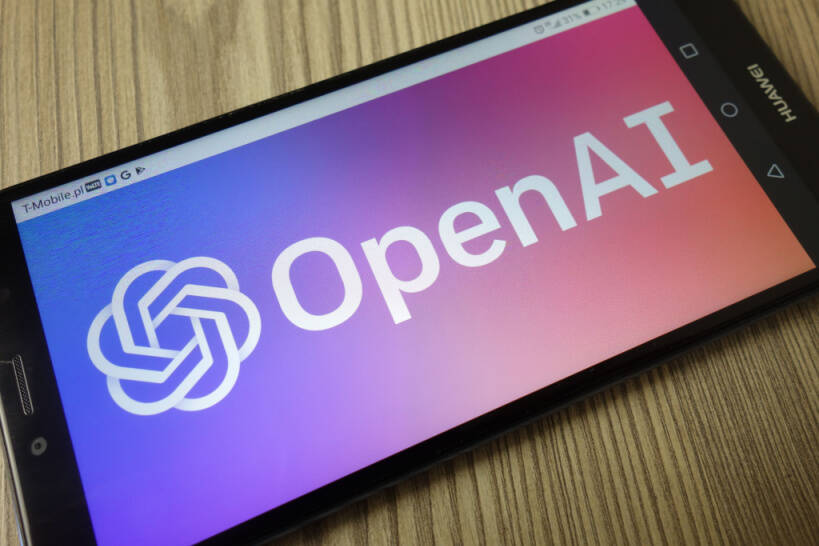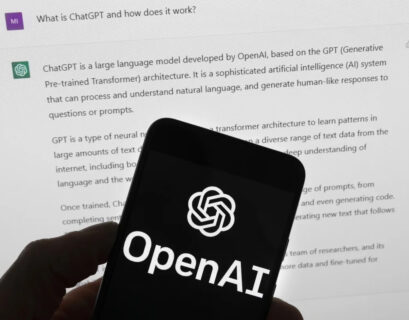Thomas Barwick/Getty Images
The Asia-Pacific region is experiencing a notable increase in cybersecurity incidents, presenting a significant challenge for businesses, particularly in markets like Singapore where awareness levels are lacking.
In 2023, the region encountered a 15% upsurge in cyberattacks, averaging 1,963 attacks per week, with ransomware emerging as the predominant threat. According to FS-ISAC (Financial Services Information Sharing and Analysis Center), the financial sector ranked fourth in ransomware targeting within the Asia-Pacific region.
Additionally, businesses are increasingly concerned about hostile tactics such as SEO poisoning and QR script phishing. Threat actors are now exploring the utilization of generative AI to automate and amplify their attacks.
Within the financial industry, there are four emerging threats that organizations are grappling with, including heightened political hacktivism, evolving extortion strategies, and advancements in cryptographic agility, as highlighted by FS-ISAC.
Amidst ongoing political tensions and global elections, adversaries are expected to launch misinformation campaigns and DDoS attacks on critical information infrastructures. It is noteworthy that in 2023, 35% of attacks targeting the financial sector involved DDoS attacks.
Furthermore, threat actors are adapting their strategies to align with upcoming global regulations in 2024, leveraging disclosure requirements to exert pressure on companies ahead of compliance deadlines.
Teresa Walsh, Chief Intelligence Officer for Europe at FS-ISAC, has underscored the exploitation of vulnerabilities in critical infrastructures as a means to undermine trust in system security. As the financial services sector navigates a progressively active digital landscape, implementing strategic cybersecurity measures is crucial to maintain operational resilience and trust within the industry.
Challenges in Addressing Knowledge Gaps for Businesses in Singapore
Businesses in Singapore are facing difficulties in bridging the knowledge gap that hinders the effective implementation of essential cybersecurity measures.
A study conducted by the Cyber Security Agency (CSA) unveiled that organizations in Singapore have adopted approximately 70% of critical cybersecurity measures across five key categories, encompassing asset management, backups, and incident response.
Moreover, CSA has introduced certification schemes like Cyber Essentials and Cyber Trust to establish regional cybersecurity standards and assist businesses in embracing best practices.
However, the report has brought to light that incomplete implementation of cybersecurity measures exposes organizations to unnecessary risks. With only one in three companies implementing at least three of the five Cyber Essentials categories, there is a clear imperative for enhancement.
Furthermore, a notable number of businesses have cited lack of knowledge and experience, coupled with misconceptions about being targeted, as reasons for the incomplete implementation of cybersecurity measures.
The study also indicated that a majority of businesses in Singapore have encountered security incidents, including ransomware attacks and social engineering scams, resulting in disruptions and data loss.
David Koh, CEO of CSA, has emphasized the significance of proactive cybersecurity measures and leveraging available resources to effectively mitigate digital threats.
Exploring the Use of Generative AI for Enhanced Security
Organizations in Singapore are delving into the integration of generative AI to fortify their cybersecurity defenses.
A study commissioned by Elastic has revealed a growing interest in harnessing generative AI to boost operational efficiency and enhance security protocols. Decision-makers anticipate substantial budget allocations for generative AI in the upcoming years to streamline processes and elevate customer experiences.
While there is optimism surrounding the potential of generative AI in automating security responses and detecting threats, concerns persist regarding data accuracy and regulatory obstacles among respondents.
To tackle these challenges, organizations are advised to prioritize precise data training for AI models and ensure the dependability of generative AI-powered responses.
In conclusion, the adoption of generative AI, alongside robust cybersecurity practices, can empower organizations to effectively navigate evolving digital threats and optimize operational outcomes.









